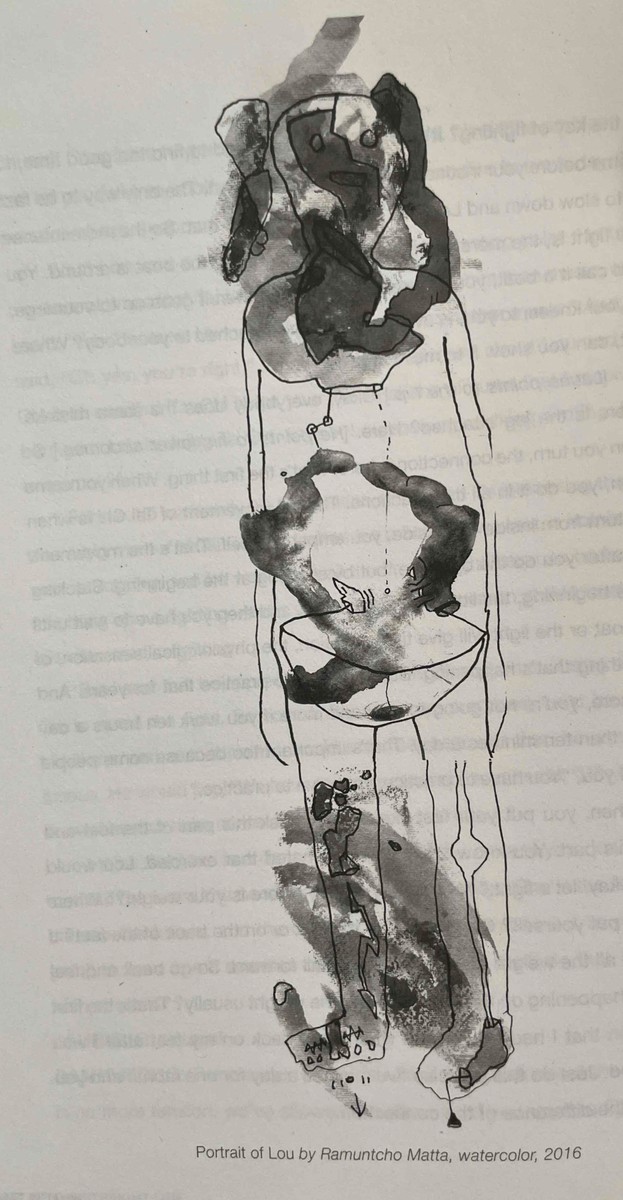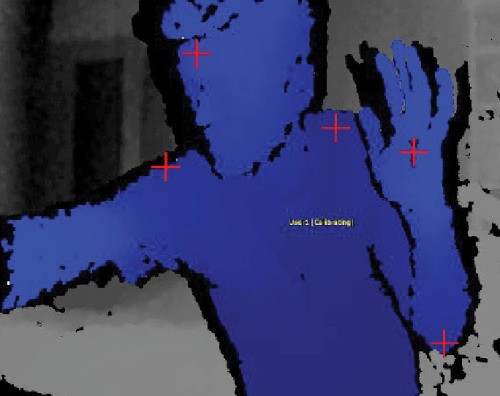syn·site
in experimental terms: a verb-noun concatenation reflecting an active process embedded within, affecting, and affected by site. This hybridity of site calls attention to itself as a self-aware mirage in its hyphenated construct. An ever-evolving entity, it is an entangled situating conjured in approximation, constantly pulled taut, presented, released, and re-presented.
in experimental terms: a verb-noun concatenation reflecting an active process embedded within, affecting, and affected by site. This hybridity of site calls attention to itself as a self-aware mirage in its hyphenated construct. An ever-evolving entity, it is an entangled situating conjured in approximation, constantly pulled taut, presented, released, and re-presented.
SYN (along with, at the same time | from Greek SYN, with | ~SYNTHETIC) + SITE (N: point of event, occupied space, internet address; V: to place in position | from Latin SITUS, location, idleness, forgetfulness | ~WEBSITE ¬cite ¬sight), cf. SITE/NON-SITE (from Robert Smithson, A PROVISIONAL THEORY OF NONSITES, 1968)






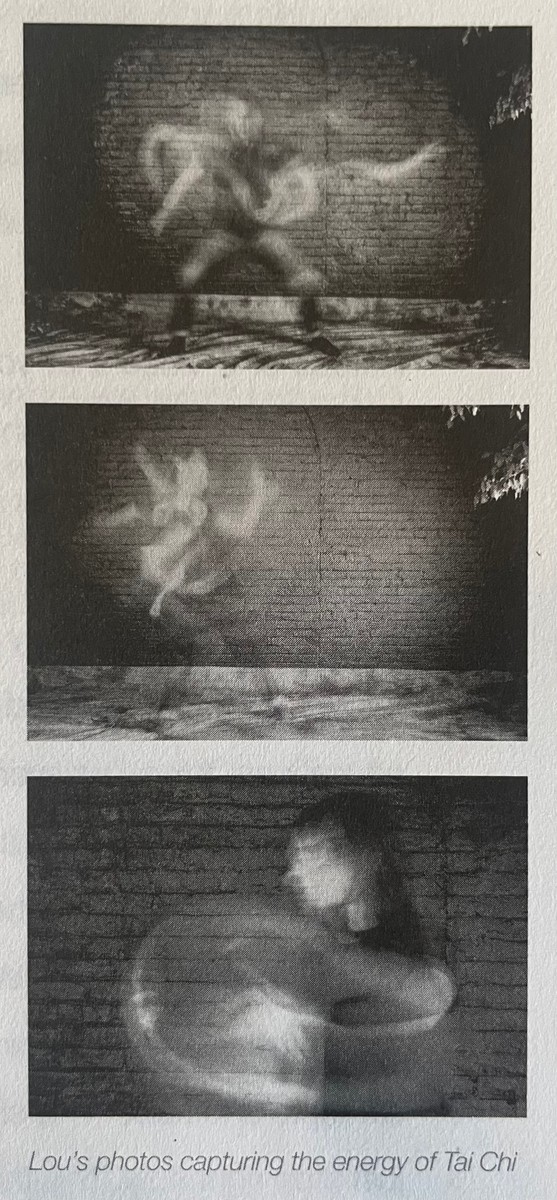


A Glitch Feminist acknowledges the value of visuality, and the revolutionary role that digital practice has in expanding the construction, deconstruction, and re-presentation of the female-identifying corpus. We acknowledge that the rigidity of digital dualism needs to be retired, as it plays into binaries of real/virtual that parallel the rampantly socialized figuration of male/female.
A Glitch Feminist acknowledges the value of visuality, and the revolutionary role that digital practice has in expanding the construction, deconstruction, and re-presentation of the female-identifying corpus. We acknowledge that the rigidity of digital dualism needs to be retired, as it plays into binaries of real/virtual that parallel the rampantly socialized figuration of male/female.
A Glitch Feminist acknowledges the value of visuality, and the revolutionary role that digital practice has in expanding the construction, deconstruction, and re-presentation of the female-identifying corpus. We acknowledge that the rigidity of digital dualism needs to be retired, as it plays into binaries of real/virtual that parallel the rampantly socialized figuration of male/female.
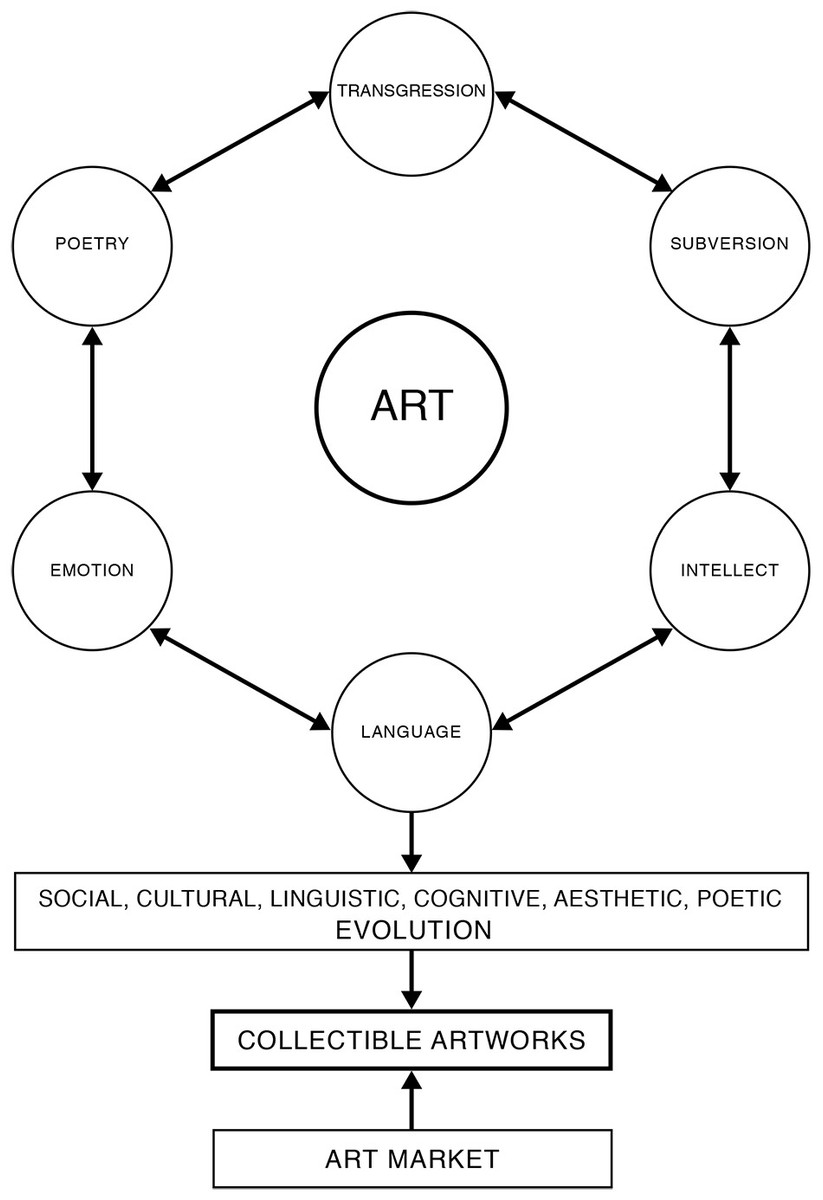


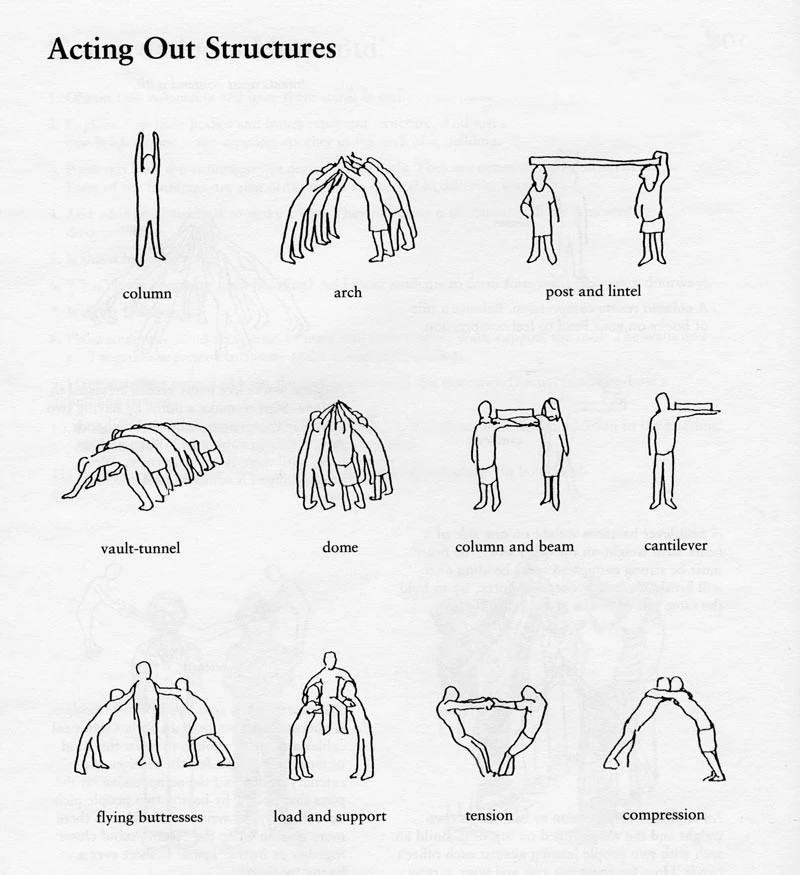


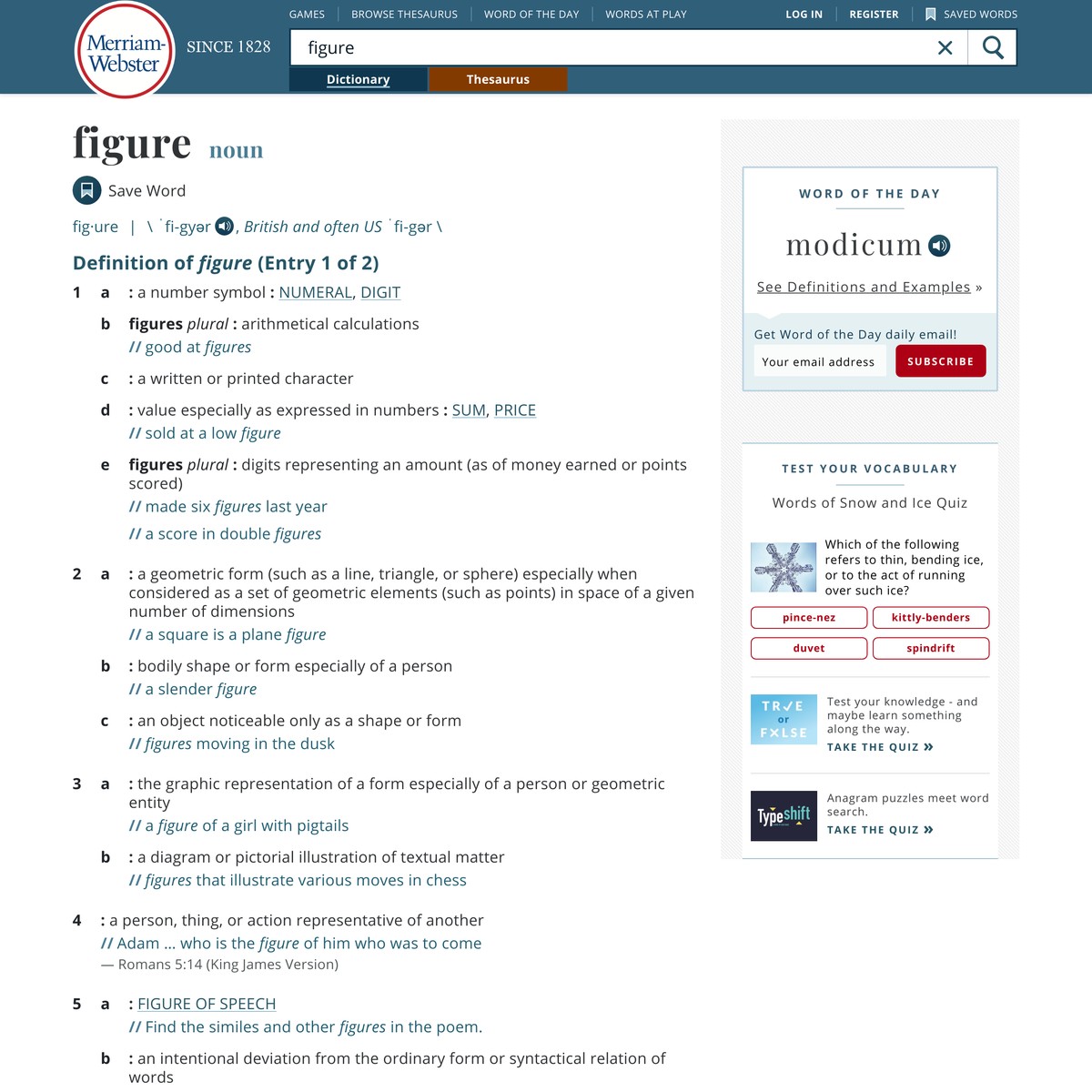





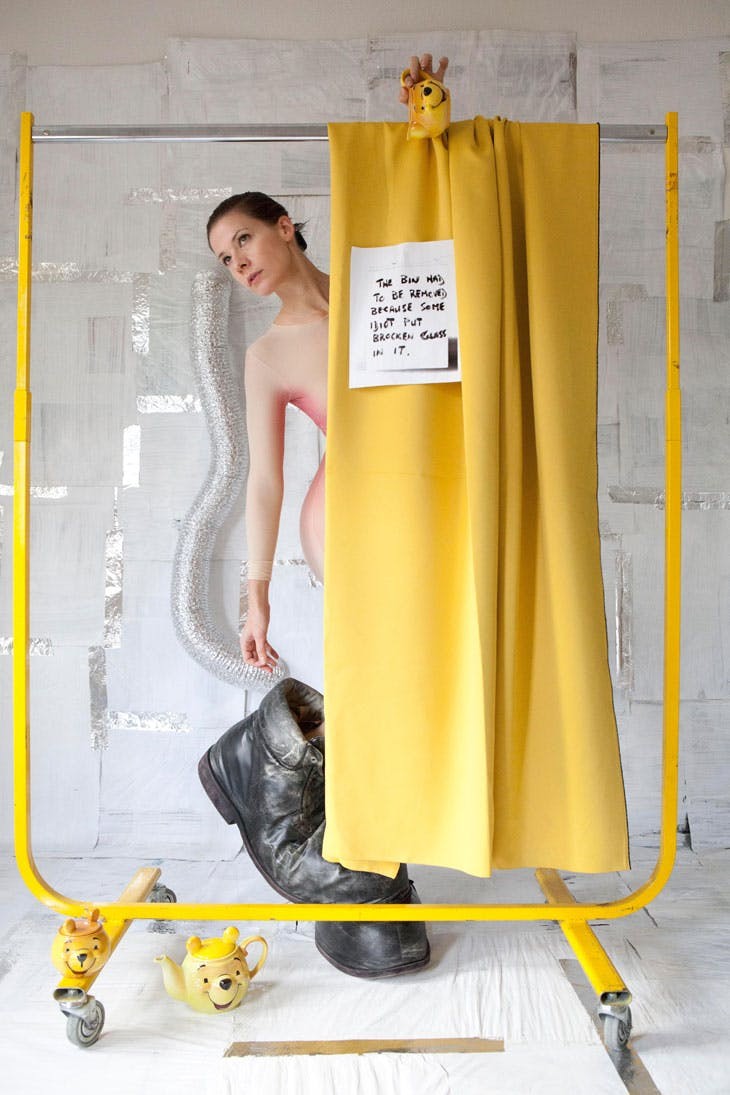





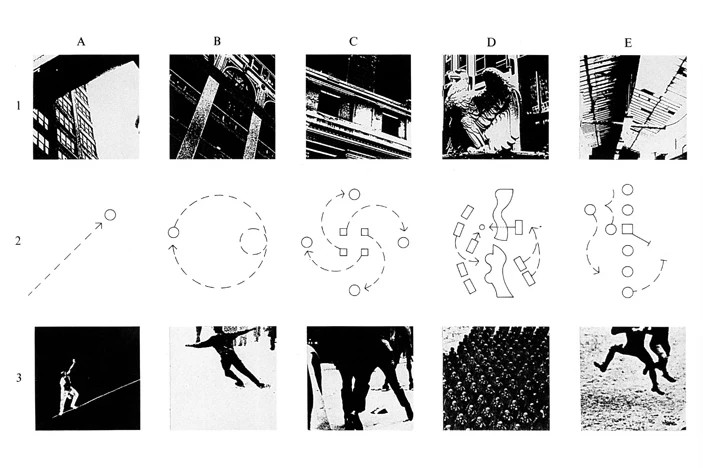





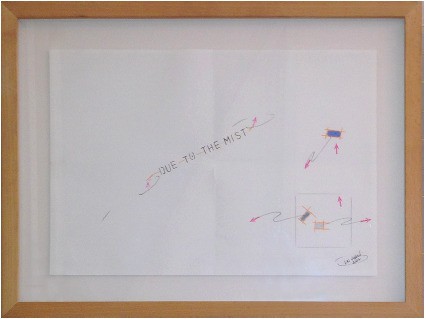


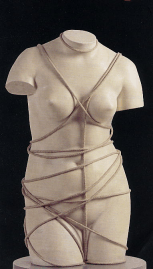


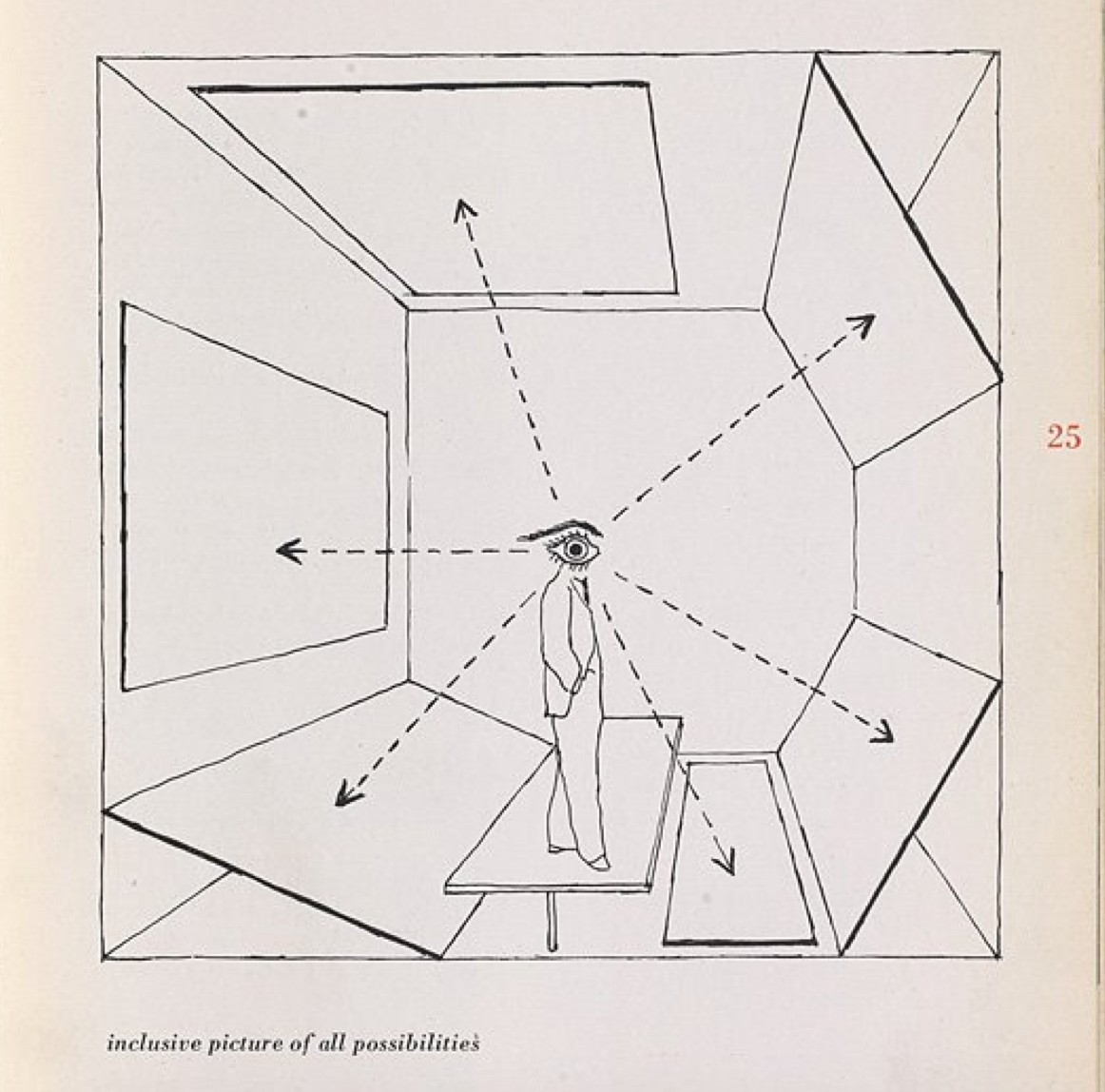


It is now less and less necessary for the writer to invent the fictional content of his novel. The fiction is already there. The writer’s task is to invent the reality.
It is now less and less necessary for the writer to invent the fictional content of his novel. The fiction is already there. The writer’s task is to invent the reality.
It is now less and less necessary for the writer to invent the fictional content of his novel. The fiction is already there. The writer’s task is to invent the reality.
Alfred Korzybski remarked that "the map is not the territory" and that "the word is not the thing", encapsulating his view that an abstraction derived from something, or a reaction to it, is not the thing itself.
Alfred Korzybski remarked that "the map is not the territory" and that "the word is not the thing", encapsulating his view that an abstraction derived from something, or a reaction to it, is not the thing itself.
Alfred Korzybski remarked that "the map is not the territory" and that "the word is not the thing", encapsulating his view that an abstraction derived from something, or a reaction to it, is not the thing itself.
